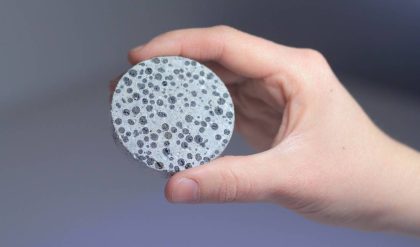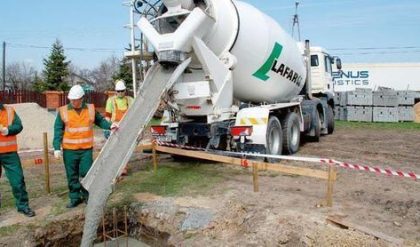Composition
Portland cement consists essentially of compounds of lime (calcium oxide, CaO) mixed with silica (silicon dioxide, SiO2) and alumina (aluminum oxide, Al2O3). The lime is obtained from a calcareous (lime-containing) raw material, and the other oxides are derived from an argillaceous (clayey) material. Additional raw materials such as silica sand, iron oxide (Fe2O3), and bauxite—containing hydrated aluminum, Al(OH)3—may be used in smaller quantities to get the desired composition.
The commonest calcareous raw materials are limestone and chalk, but others, such as coral or shell deposits, also are used. Clays, shales, slates, and estuarine muds are the common argillaceous raw materials. Marl, a compact calcareous clay, and cement rock contain both the calcareous and argillaceous components in proportions that sometimes approximate cement compositions. Another raw material is blast-furnace slag, which consists mainly of lime, silica, and alumina and is mixed with a calcareous material of high lime content. Kaolin, a white clay that contains little iron oxide, is used as the argillaceous component for white portland cement. Industrial wastes, such as fly ash and calcium carbonate from chemical manufacture, are other possible raw materials, but their use is small compared with that of the natural materials.
The magnesia (magnesium oxide, MgO) content of raw materials must be low because the permissible limit in portland cement is 4 to 5 percent. Other impurities in raw materials that must be strictly limited are fluorine compounds, phosphates, metal oxides and sulfides, and excessive alkalies.
Another essential raw material is gypsum, some 5 percent of which is added to the burned cement clinker during grinding to control the setting time of the cement. Portland cement also can be made in a combined process with sulfuric acid using calcium sulfate or anhydrite in place of calcium carbonate. The sulfur dioxide produced in the flue gases on burning is converted to sulfuric acid by normal processes.
Extraction and processing
Raw materials employed in the manufacture of cement are extracted by quarrying in the case of hard rocks such as limestones, slates, and some shales, with the aid of blasting when necessary. Some deposits are mined by underground methods. Softer rocks such as chalk and clay can be dug directly by excavators.
The excavated materials are transported to the crushing plant by trucks, railway freight cars, conveyor belts, or ropeways. They also can be transported in a wet state or slurry by pipeline. In regions where limestones of sufficiently high lime content are not available, some process of beneficiation can be used. Froth flotation will remove excess silica or alumina and so upgrade the limestone, but it is a costly process and is used only when unavoidable.



Comments are closed.